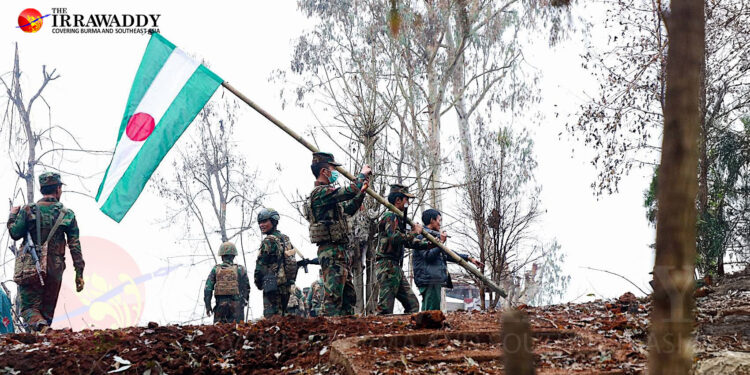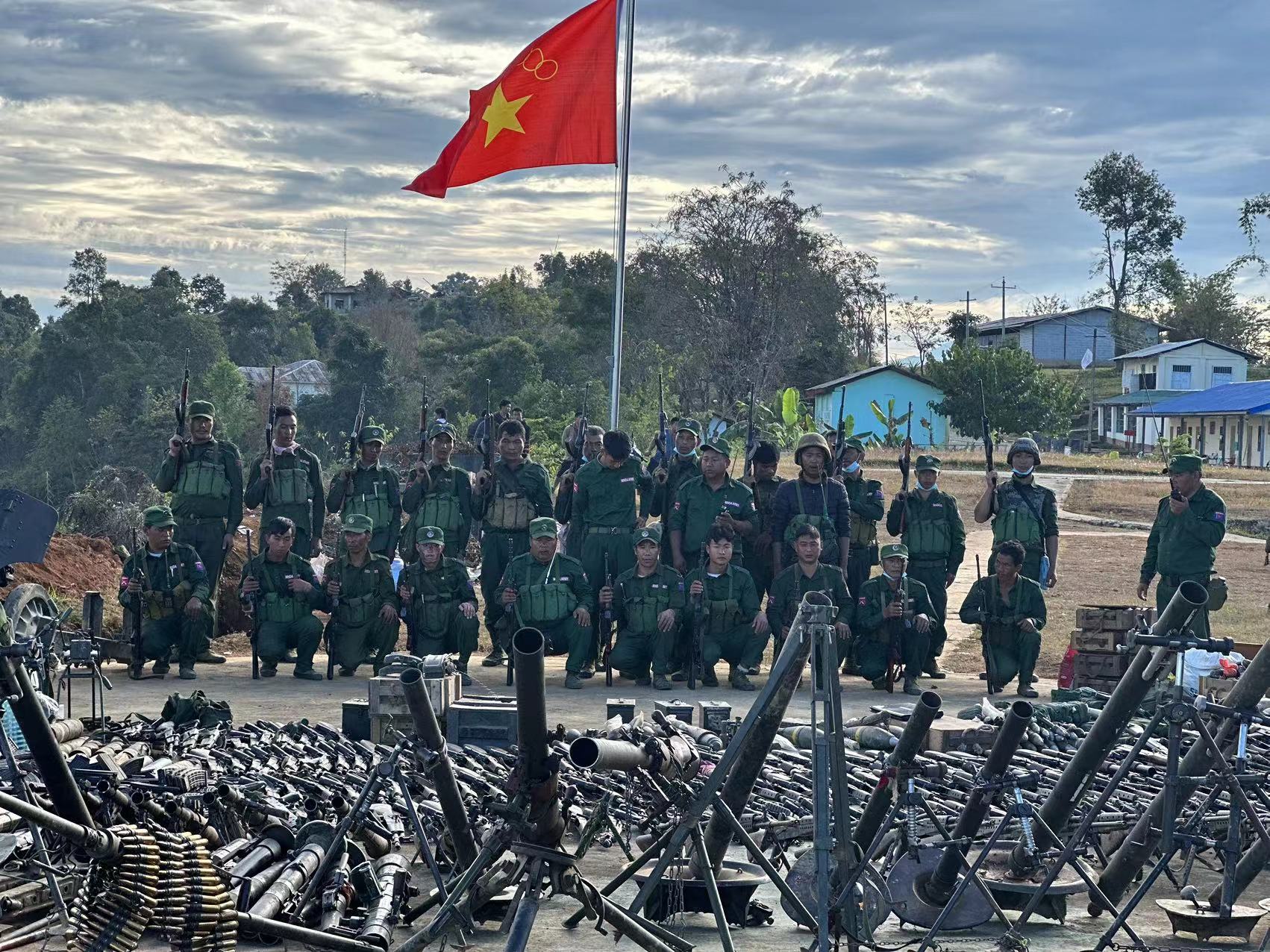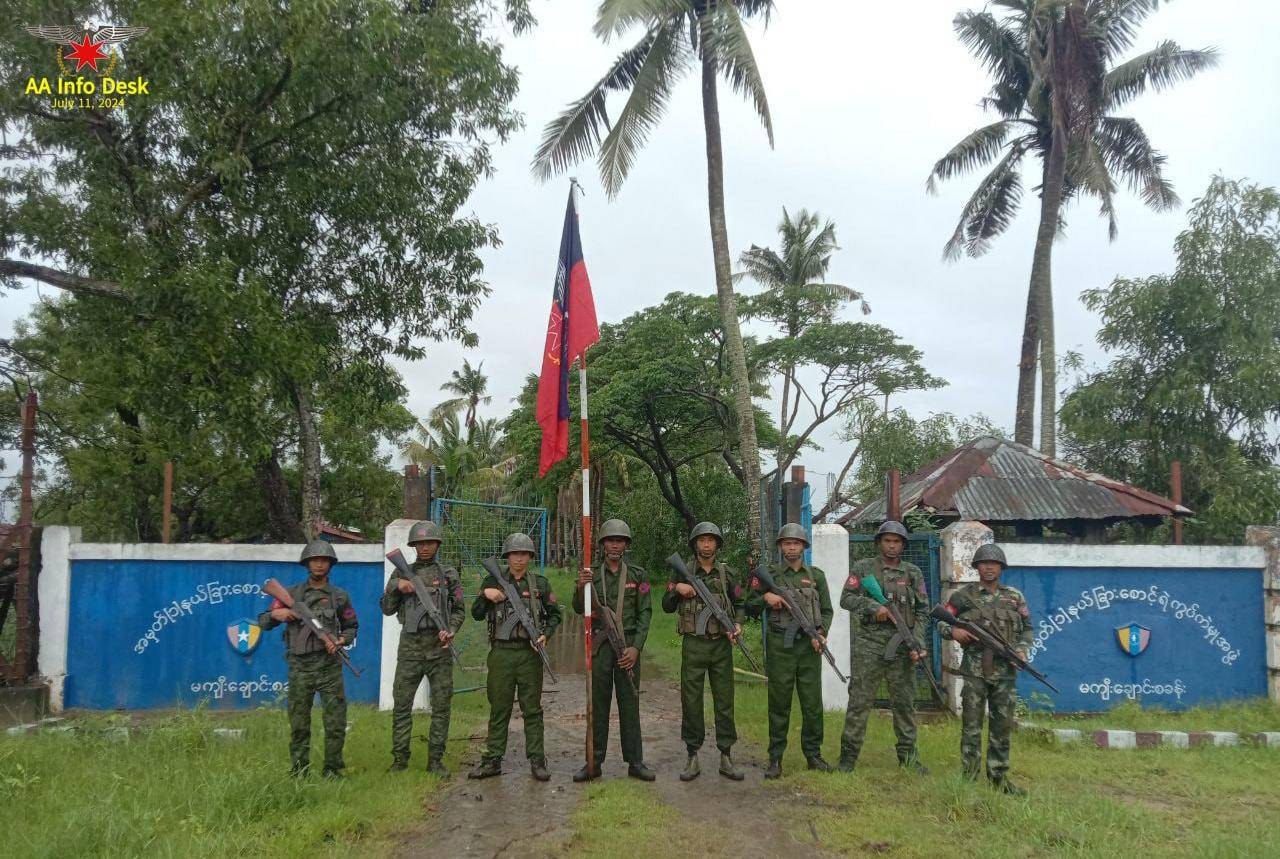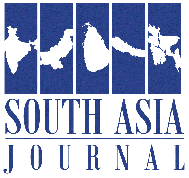
China has once again shown that it is the only outside power with the means, capacity, and motivation to intervene in Myanmar’s internal conflicts. In order to secure their China-Myanmar Economic Corridor (CMEC), which provides its landlocked southwestern provinces—and indeed the rest of the country—with an outlet to the Indian Ocean, the Chinese have managed to put an end to fighting in northern Shan State. The Kokang-based Myanmar National Democratic Alliance Army (MNDAA) and its close ally, the Palaung Ta’ang National Liberation Army (TNLA), have halted their advances, and there will be no “march on Mandalay” or even Pyin Oo Lwin, which some observers predicted a year ago.
In early December, the MNDAA declared a truce with the Myanmar junta after Kokang chieftain Peng Daren went to China for “medical treatment.” A resolution to the conflict would be sought “under Chinese government arbitration,” it said on Dec. 3. The TNLA had issued a similar statement on Nov. 25, when it said it would “always cooperate with China’s mediation efforts and continue to cooperate [to achieve] good results.”
The third member of the Brotherhood Alliance, the Arakan Army (AA), which has managed to overrun most of its homeland of Rakhine State, announced on Dec. 29 that it, like its allies in the north, is ready to negotiate with the military regime.
ASEAN has never in its 58-year history managed to solve a single bilateral conflict or dispute between some of its 10 members, let alone end an internal crisis in a member state. Even so, Western countries appear to have outsourced the Myanmar issue to ASEAN, since the war in Ukraine and the still unresolved conflicts in the Middle East are much higher up on their list of priorities.

But there are also wild cards over which China’s influence is limited. The Kachin Independence Army (KIA) in the far north has little choice but to deal with the Chinese across the border, but in October it ignored their request not to seize control of the border town of Pangwa, the domain of former communist warlords who made peace with the Myanmar military in 1989 and turned their area into a haven for logging, opium cultivation, and mining for rare earth metals. Today, the KIA controls not only Pangwa but also the official border-crossing at Kanpiketi and adjacent areas. China has even less influence in areas along the Thai border where Karen and Karenni resistance forces are active, or in Chin State in the west.
Recent developments raise three fundamental questions: what can the Bamar allies of the ethnic resistance armies realistically expect to achieve; what are China’s long-term objectives; and are there no outside forces at all that can stand up to China or, at least, counter China’s influence? Several resistance armies dominated by ethnic Bamar, including many youngsters who tried to oppose the junta by peaceful means after the coup and are collectively known as People’s Defense Forces (PDF), have since then been fighting alongside the ethnic armies. Many PDFs have raised the flag of resistance in Sagaing and even rural parts of Mandalay Region. But for the ethnic armies, the PDFs are mere buffers between them and the junta forces. By keeping Naypyitaw’s soldiers at bay, the ethnic armies can consolidate their hold on their own respective areas. The KIA, for instance, which has provided training and support for PDF forces now active in the north, would have no interest in marching into Mandalay, still less Naypyitaw or Yangon.
China’s strategic objectives are clear. The CMEC has to be protected, and China is doing it by playing both sides—being a major supplier of military hardware to the Myanmar military as well as several resistance forces. The MNDAA, the TNLA, and the AA are equipped with Chinese-made guns obtained through the officially neutral United Wa State Army (UWSA). In other words, China has leverage over the Myanmar military as well as ethnic armed organizations in a way nobody else can compete with.
At the same time, the emergence of a strong, peaceful, democratic, and federal Myanmar—the stated goal of most resistance armies—is not in China’s strategic interest. As long as Myanmar is weak, China can play official games of being a friendly neighbor and peacemaker and use a carrot-and-stick approach with whatever government is in power: trade coupled with investment on the one hand, and indirect support for the ethnic armies on the other. If Myanmar ever really became strong, peaceful, democratic, and federal, China would be the first to lose. Its leverage would be gone.
But then China does not want the situation to get totally out of hand either, because that would mean serious instability in the frontier areas and, most likely, a flood of refugees across the border. And it would seriously disrupt normally lucrative cross-border trade.
Western peaceniks, ASEAN, the U.S., and the EU are not in a position to influence the course of the civil wars, which are the heaviest and most widespread since the years immediately after independence from Britain in 1948, when the regime was so isolated that it was referred to as “the Rangoon Government.” Japan too, despite a strong interest in containing China’s influence, has been utterly unsuccessful in its efforts to bring peace to Myanmar.

Myanmar’s western neighbors India and Bangladesh, which are not hamstrung by ASEAN’s Consensus and non-interference principles, could play roles—if only they had a clear strategy for dealing with the geopolitical consequences of wars in Myanmar. The Bangladeshis, naturally, are concerned about more than 1 million Rohingya Muslim refugees languishing in camps in their country, and about what would happen if the AA took over the whole of Rakhine State. Bangladesh shares a 271 km porous border with Rakhine and Chin states, and developments there would have a direct impact on its national security.
India’s interests in Myanmar appear to be motivated by four major concerns. The first is the future of New Delhi’s “Act East” policy. Myanmar is the obvious link between India and lucrative markets in Southeast Asia. India’s security planners also want to ensure that ethnic Assamese, Manipuri, and Naga rebels are deprived of cross-border sanctuaries in the remote hills of northwestern Myanmar, from where they can launch raids into India and smuggle guns into India’s volatile northeastern region. Unrest in Sagaing Region and Chin State has already spilled over into Manipur, which borders Myanmar. Thirdly, India’s rapidly expanding economy needs energy, and India has shown interest in importing oil, gas, and perhaps also hydroelectric power from Myanmar. That is not possible as long as wars are raging across the border. Lastly, India, more than any other neighboring country, wants to keep China’s influence in Myanmar at acceptable levels.
In February, it will be four years since the military seized power, arrested democratically elected representatives of the people, and re-introduced a strict dictatorship. In the coming year, it is highly unlikely that the junta will be able to defeat the plethora of ethnic and political resistance forces that are active in large areas throughout the country. But it also doubtful whether the resistance will be strong and united enough to unseat the junta. The present strategic stalemate is likely to continue, but everything depends on China’s next move.
source : irrawaddy
